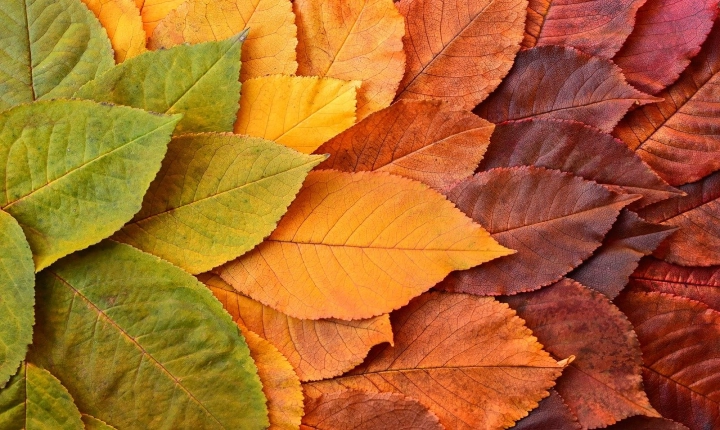Artificial intelligence (AI) has rapidly advanced in recent years, making inroads into various industries including art. The idea of AI creating art might seem like a concept out of science fiction, but it is a reality that is already being explored and embraced by artists, technologists, and the general public.
One of the most intriguing aspects of AI-generated art is the way it challenges traditional notions of creativity and authorship. While traditional art has typically been viewed as a product of the human imagination and skill, AI introduces a new player into the creative process. Instead of a human artist, it is an algorithm, trained on vast amounts of data, that generates the artwork.
One way AI creates art is through the use of generative adversarial networks (GANs), a type of machine learning model that consists of two neural networks: a generator and a discriminator. The generator creates new examples of data (in this case, images or artwork) based on training data, while the discriminator evaluates these generated examples and provides feedback to the generator. Through this back-and-forth process, GANs can produce art that is often indistinguishable from human-created work.
Another approach to AI-generated art involves the use of style transfer algorithms, which can apply the visual style of one image to another. This technique has been used to create visually striking and thought-provoking pieces by merging different artistic styles or altering existing works in novel ways.
AI artists are also producing music and poetry. In the realm of music, AI systems can generate original compositions or assist human composers in the creative process by suggesting melodies, harmonies, and rhythms. Similarly, AI-written poetry has become increasingly sophisticated, with some AI systems capable of crafting verse that can be difficult to distinguish from human-written poetry.
The use of AI in art creation raises several thought-provoking questions. What does it mean for a machine to produce art? Is it merely mimicking human creativity or is it genuinely creating something new and original? How does AI-generated art fit into the art world and the concept of artistic expression?
Some critics argue that AI-generated art lacks the emotional depth and subjective experience that often defines human-created art. They believe that art is deeply rooted in human experiences, emotions, and individual perspectives, something that AI, with its lack of consciousness and personal history, cannot replicate.
On the other hand, proponents of AI-generated art argue that it opens up new opportunities for creativity and innovation. They see it as a tool that can be harnessed by human artists to explore new aesthetic possibilities, push the boundaries of traditional art forms, and challenge established norms and conventions.
In addition to the philosophical and artistic implications, AI-generated art also has practical implications for the art world. It can democratize the creation of art by making tools and techniques more accessible to a wider range of people, thereby lowering barriers to entry for aspiring artists and encouraging experimentation and diversity in artistic expression.
AI-generated art also presents opportunities for collaboration and hybrid creation, where human artists work alongside AI systems to produce unique pieces that blend the strengths of both creative forces. This can lead to exciting and unexpected results that push the boundaries of what is possible in art.
As AI continues to evolve and improve, the capabilities of AI-generated art will likely expand, leading to even more complex and sophisticated creations. The impact of AI on the art world is a topic that will continue to spark debates and discussions, but one thing is certain: AI has already proven itself to be a powerful force in shaping the future of art.
